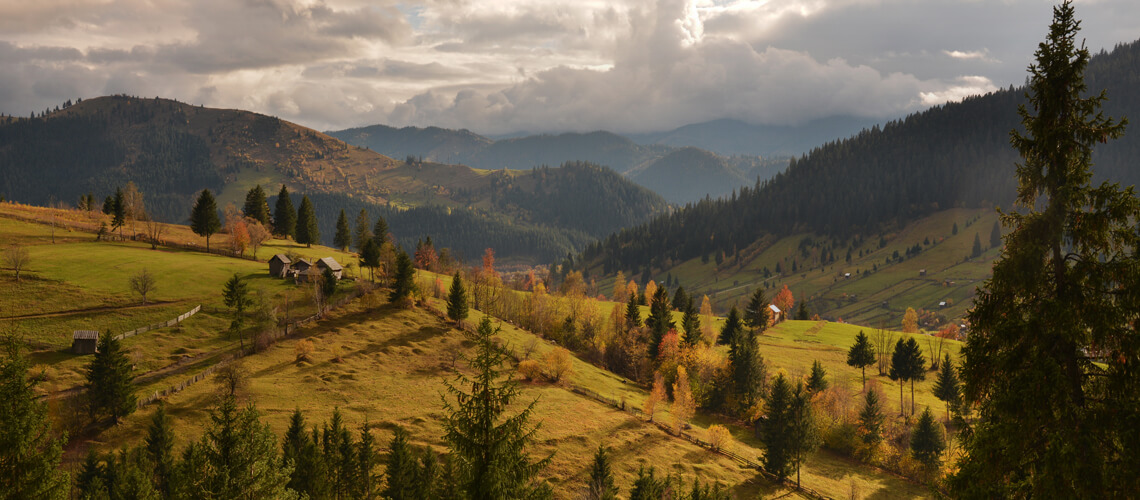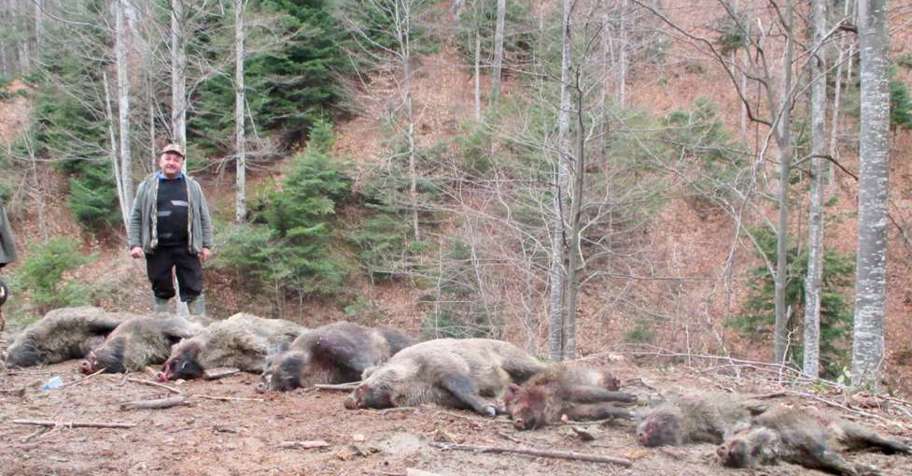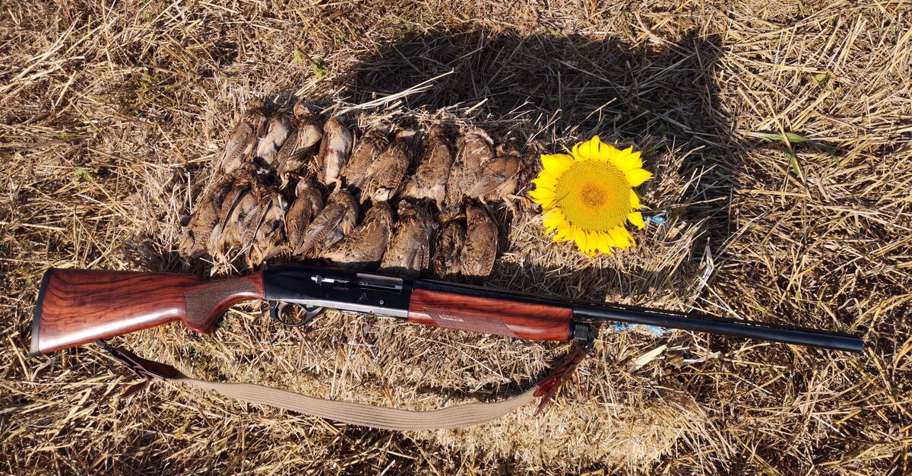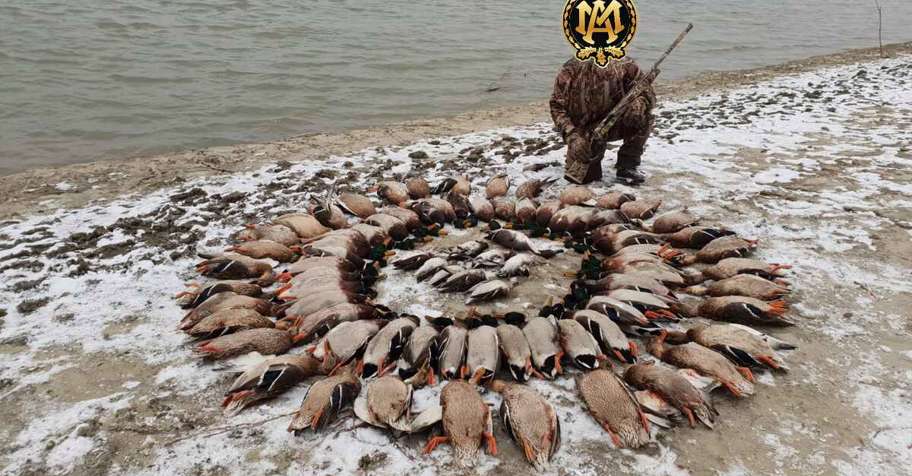
Почему Румыния

True wilderness

Разнообразие видов

Туристические маршруты
Об охоте в Румынии

Полезно знать
Планирование
Визы
American and Canadian citizens as well as citizens of Australia, New Zealand, and most European countries do not need an entry visa to visit Romania for stays up to 90 days.
However, a valid passport is required for all international visitors except for citizens of the countries of the European Union, who can enter Romania with their Identity Card.
Вакцинации не требуются, въездных и выездных налогов нет.
Оружие
Ввоз оружия в Румынию не сложен, однако следует заранее организовать все необходимые разрешения с Вашим аутфитером. Вам необходимо получить приглашение от аутфитера; для его получения необходимо заранее выслать данные Вашего оружия, количество патронов, иметь действующее разрешение на оружие и международную медицинскую страховку.
Сезоны охоты
Косуля: 15 мая -15 октября
Благородный олень: 25 сентября - 5 октября
Дикий кабан: 1 августа - 15 февраля
Волк: 15 Сентября - 31 Марта
Бурый медведь: 15 марта - 15 мая и 15 сентября -15 декабря
Способы охоты
Отзывы
A hunting adventure of a lifetime
Best Boar Hunting in Europe
Trophy Carpathian Chamois
Great Experience
Bucket list hunting
The best experience in Romania
Животные
Лучшие охоты

Румыния
Заинтересовало это направление?
Вам также могут понравиться
туры по всему миру
без комиссии за бронирование
от других охотников


